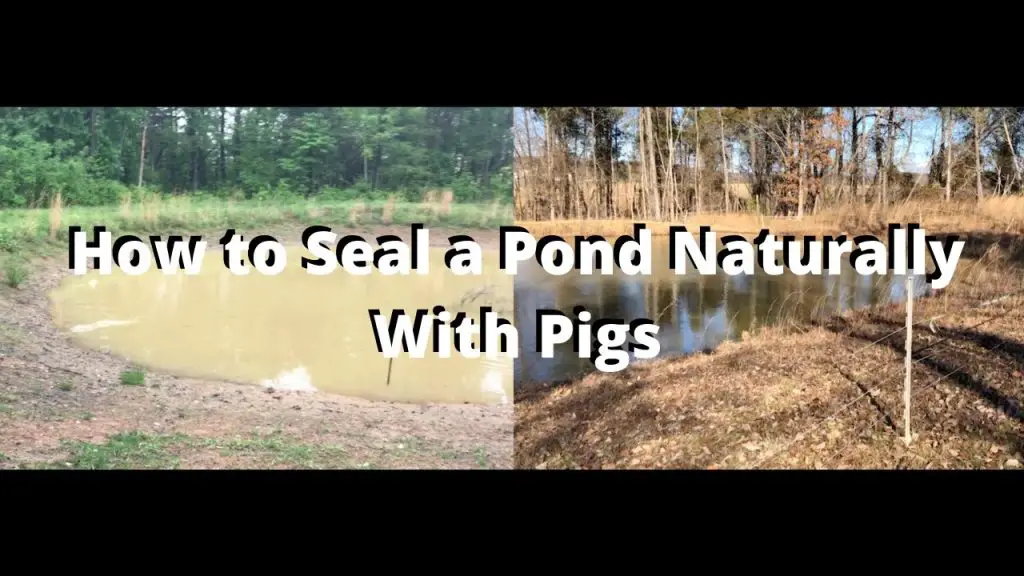Sealing a pond is essential to prevent water loss and maintain the health of aquatic life. While there are various methods available to seal a pond, opting for natural solutions can be environmentally friendly and cost-effective. In this article, we will explore different ways to seal a pond naturally.

Credit: www.yardfocus.com
1. Bentonite Clay
Bentonite clay is a popular natural sealant that can be used to prevent water seepage in ponds. It swells when in contact with water, creating a tight barrier that seals the pond bottom effectively. To apply bentonite clay, follow these steps:
- Drain the pond to expose the bare soil.
- Spread a layer of bentonite clay evenly over the soil surface.
- Mix the clay with the soil using a tractor or a tiller to ensure proper sealing.
- Refill the pond with water and let the clay settle and form a seal.
2. Native Plants
Introducing native aquatic plants in and around the pond can help in sealing the pond naturally. These plants have deep root systems that can penetrate the soil and create a natural barrier against water leakage. Some beneficial native plants for pond sealing include:
- Pickerelweed
- Cattails
- Water lilies
- Smartweed

Credit: www.youtube.com
3. Mulch and Organic Materials
Applying a layer of mulch or organic materials on the pond bottom can aid in sealing the pond naturally. The decomposition of these materials can create a dense layer that prevents water seepage. Here’s how to use mulch and organic materials for pond sealing:
- Cover the pond bottom with a thick layer of straw, leaves, or compost.
- Keep the layer moist to promote decomposition and the formation of a seal.
- Regularly replenish the mulch layer to maintain the seal and prevent water loss.
4. Soil Compaction
Properly compacting the soil at the pond bottom can also help in sealing the pond naturally. Compacted soil forms a dense layer that minimizes water seepage. To compact the soil effectively, follow these steps:
- Use a roller or compactor to compress the soil evenly.
- Repeat the compaction process multiple times to achieve a solid seal.
- Avoid over-compaction, as it can lead to soil erosion and cracking.
5. pH Adjustment
Adjusting the pH of the pond water can contribute to natural sealing by creating conditions that promote the growth of beneficial microorganisms. These microorganisms can help in sealing any leaks or gaps in the pond bottom. Here’s how to adjust the pH:
- Test the pH of the pond water using a pH testing kit.
- If the pH is too high or too low, add natural pH adjusters like agricultural lime or sulfur.
- Monitor the pH regularly and make adjustments as needed to maintain a stable environment for pond sealing.
By following these natural methods, you can effectively seal your pond without the need for harmful chemicals or expensive treatments. Remember that natural pond sealing solutions may take time to show results, so be patient and consistent in your efforts. A well-sealed pond not only conserves water but also creates a healthy ecosystem for aquatic plants and animals.





